Our Top 5 Pieces of Emerging Tech We Can't Wait To Use
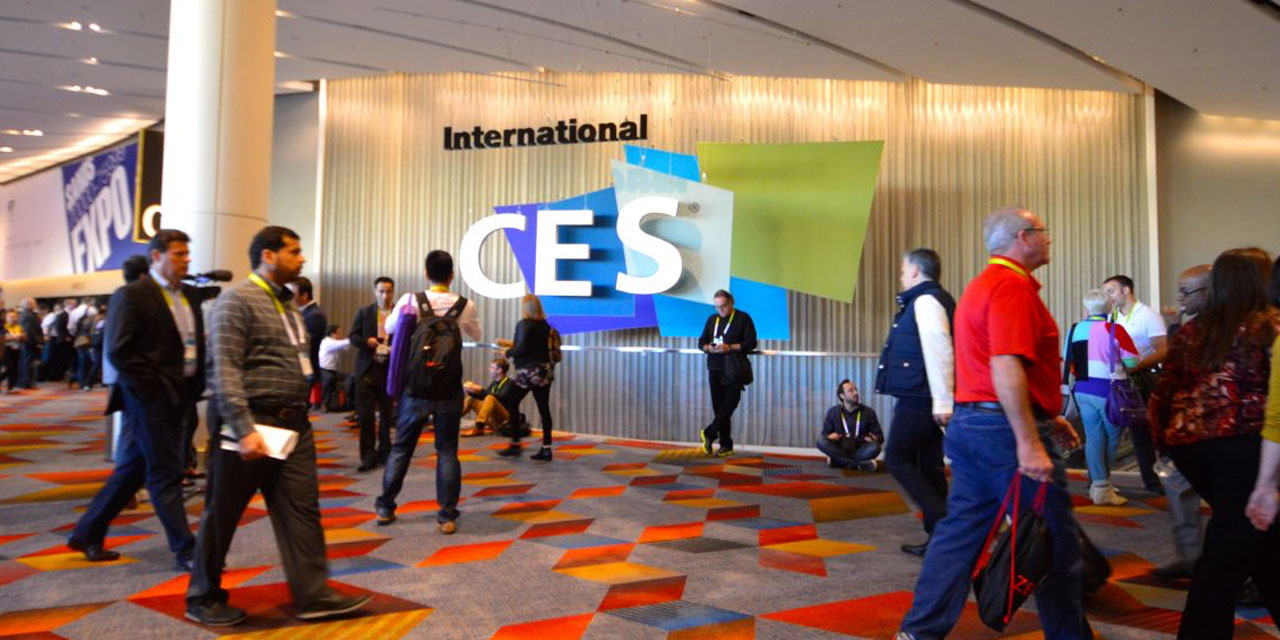
#CES2016 just wrapped up a few weeks ago, we all know that. But there were some fascinating trends (and even more interesting products and trends) that came out of it. What were they? Why haven’t we discussed them? Where is the advertising and marketing industry going? No doubt there is a lot of questions, and everyone wants to stay on top of it (despite the full-time job that it is) so we’ve been taking notes…and here’s what we found.
Some of the biggest takeaways from CES, is that everyone is buying into the wearables, despite some tech companies failing at the start line. Remember when Google Glass launched? Well, Hollywood has kept selling us on the future of technology, wearables, virtual reality and about a million other things, and tech companies such Samsung, Apple, Facebook, Microsoft and Google have all been developing and promising us these futuristic devices for the past 5-10 years, but where are they? Well, they’re here.
We’re only here in February of 2016, but we’re already set to see Oculus Rift and Microsoft’s Hololens next month! The future is here! Along with a number of stealthy competitors such as…
–Playstation Morpheus- This add-on might look like an Oculus Rift rip off, but it’s hardly a copycat. Focused as an add-on to a Playstation console, Morpheus boasts the largest headset screen (5.7 inches) and will allow you to experience a number of independently developed games on the console. You’ll be able to use a wand or a controller while being immersed with this ‘Tron-like’ virtual reality headset.
–HTC Vive – Who are taking preorders on February 29th 2016 and have an esteemed partnership with Valve Software, will not be focusing their device with smartphones. They will be opting for a gaming console only.
–Samsung Gear VR– Samsung is set to release both their VR device and their new smartphone, the ‘S7’ both on February 21st. Rumor has it both of these will functionality with each other and have even cracked the ‘positional tracking’ problem that plagues most virtual reality features.
–Apple’s ‘Steathy’ VR headset codenamed: Project Tango– Not much has been released here, except that Apple is bolstering a virtual team who have publicly stated their interest in experimenting with the technology. Despite the decrease in smartphone sales, Apple finally seems to be navigating some interesting waters.
Great, so now that we’ve got all the virtual reality competitors from #CES2016 listed above, let’s jump into the applicable experiential tech that we can’t wait to use when the right project or opportunity arises.
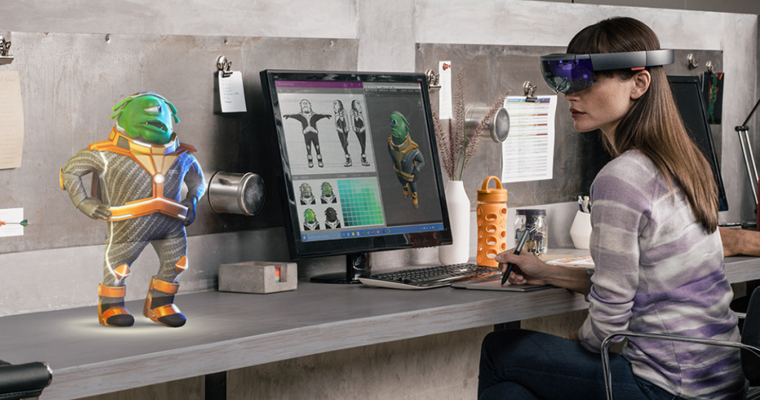
What is it? – Microsoft is looking to augment your world – digitally. They’re not going full VR, just looking to utilize the workspace around you with digital renderings in real time, so you can react (and work) with them. Rumors are saying Hololens will start at a price-point of $3,000 and will launch here in the first quarter of 2016, but no official word has come out yet.
How would INPHANTRY use it for client purposes? – I personally see Hololens being used for a number of purposes, but I’d like to see big brands who are looking to revitalize their in-store activity, start to use Hololens. Everyone can order anything they want at the tap of a finger now, and retail is suffering directly from that. If brands and chains wanted to implement a new sort of reality within stores, they might revitalize whole industries in a matter or months, giving new incentives for people to wander back in.
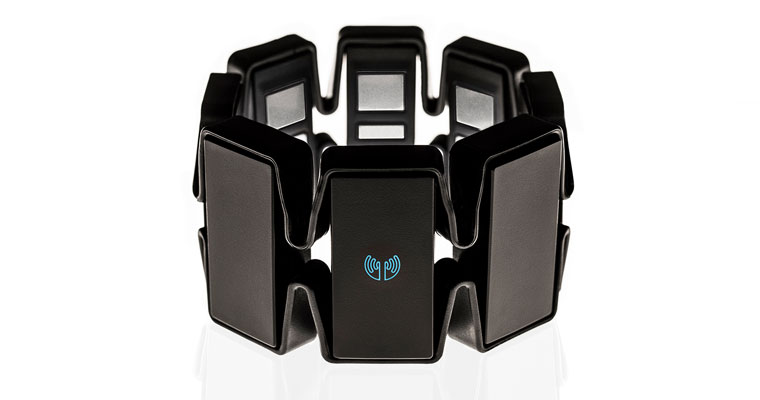
2) Gestor // Myo Arm Band
What are they? – Gesture control devices. first off we have Gestor, which at first glance, looks like a pencil. However, it’s a gyroscope that controls everything from various electronic devices, to computers, to powerpoints. And the best part? You don’t have to point it at any screen to use it. An air mouse, presenter and media controller.
Myo is quite similar, it’s a media composer of sorts and is programmable. It basically detects the movements of your arm muscles and assigns them to an action via bluetooth. Sound interesting? The potential uses for this thing are out of this world. From Ted Talks, to flying drones, to presentations and conferences, to video games and even driving cars. Check out their full video here to get the brain stirring with ideas.
What sort of events would INPHANTRY use these for? – I see a wide array of possibilities with both the Gestor and Myo (even together) to be a big benefit to brands and companies who do quite a few product launches, or conferences. Realistically, these two devices are two of my favorite because there’s simply no way you can pigeonhole both of these. They’re similar, but paired together, you can do quite a bit. Not only for presentations, but also activation-wise. The options are seemingly limitless.
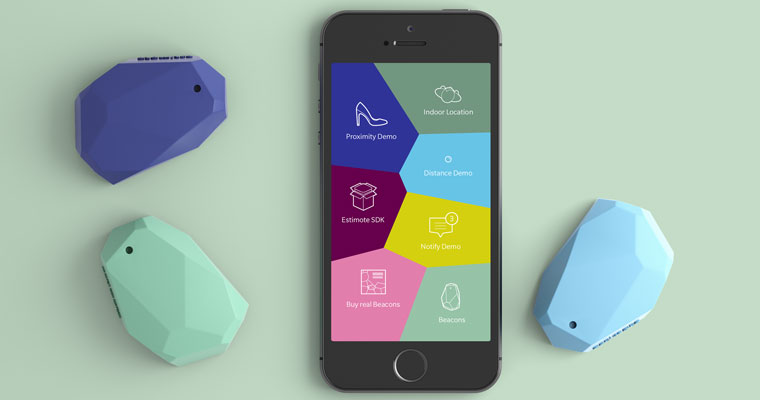
What are they? – Much like iBeacon’s (in this case proximity) you can enable your home, event space or any region really with WiFi or Bluetooth to do certain actions, either remotely, or included with RFID. These beacons will set reminders for you, play music, dim the lights or do literally any programmable action that you want it to. Watch their kickstarter page here to get the full idea.
How would INPHANTRY use them for a client project? – Proximity beacons have always been a favorite of ours. Add in the options of RFID chips, voice recognition, and even facial recognition technology and you’re already 75% of the way there to a killer activation no matter the product or brand. In terms of experiential, any time you can surprise someone with a piece of technology or make things easier for a person, it’s going to be exciting. Proximity beacons could be used for almost any experiential campaign that focuses on separate rooms, or larger scale events that center around the interactions of one user at a time.
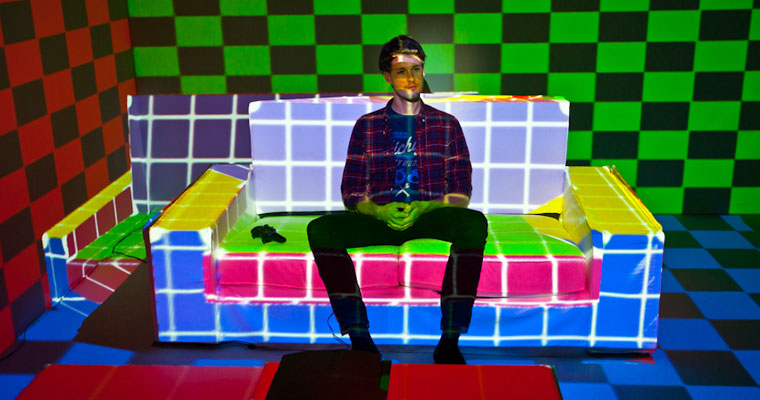
What is it? – Projection mapping is nothing new, but the way it’s consistently being re-thought is absolutely wild. To put it lightly: it is projection technology that turns objects, often irregularly shaped, into a display surface for video projection. These objects may be complex industrial landscapes, such as buildings, small indoor objects or theatrical stages. PM’ing continues to wow audiences (especially when they are fully immersed in it) to the point where they are literally tricked by their eyes into seeing something they know isn’t there. Click on the projection mapping link above to get a better idea of what we’re talking about.
What sort of applicable advertising uses would be good for projection mapping? – Again, anything. A lot of it depends on the client needs, but I’d love to see more product launches bring people into their actual products using projection mapping. Note: It’s not a cheap method of experiential, but wow, it can truly deliver. There’s literally nothing like it. Oculus might fool your eyes into virtual reality, but good projection mapping IS reality. We’d love to be engaged by a big clue chip brand whose keen on using projection mapping for a future product launch, event or activation. The possibilities are once again, endless. Indoor or outdoor locations, projection mapping is becoming a 21st century tool for experiential campaigns everywhere.
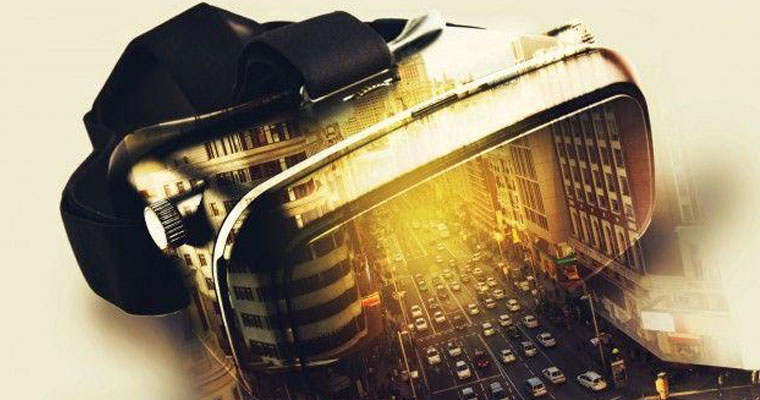
5) Virtual Reality (Vive, Rfit, Morpheus, Gear VR, Google Cardboard)
*We’ve covered what they are* but what sort of experiences would they be good for?
I’ll be honest and tackle this one by saying it’s really anyones guess at this point. We’re only a couple weeks out from a number of different VR launches (click on the link above to find out about all of them). One thing is for sure though, virtual reality is a 1 person experience at a time and games are costly to develop in virtual reality. They are NOT CHEAP. Couple the fact that people have been looking forward to this for years, a lot of people, including big brands will be trying to use it. Again, I see VR being an in-store experience right off the bat (despite that it’s being used at trade shows, conferences and other places now) but in the future I think virtual reality will be primarily used for games, or even tourism. Hotels and other big brands are using VR headsets in rooms to entice customers to other destinations (See here for info).
So, who knows where it’s going to be successful, but using Oculus (or any competitor for that matter) should realize it’s a personal experience. College campuses are even using it as a way to recruit – which I think is absolutely genius. Again, there are no limits to what and where we can use VR. Just note – it’s not the most cost-efficient way to do experiential, just the coolest one as of late.
Written by: Cam King
Want to get ahold of him based on the above blog post? Email him at: Cam@inphantry.com or drop him a line by calling him here: 617-866-9573
Follow him on Twitter too @CamKing747 or Follow @INPHANTRY
